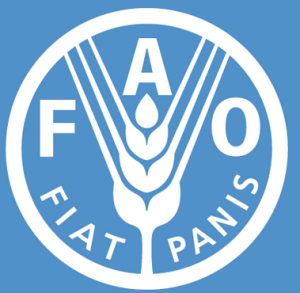FAO says it needs over $1b to reach more than 40 million people in 2017
 Although the Food and Agriculture Organisation, (FAO) reached millions of crisis-affected people in 2016, it needs over $1b to reach more than 40 million people in 2017.
Although the Food and Agriculture Organisation, (FAO) reached millions of crisis-affected people in 2016, it needs over $1b to reach more than 40 million people in 2017.
The FAO in 2016 supported crisis-affected people by helping them to produce and purchase food, maintain their livelihoods, stay on or return to their land where it was safe to do so, and enabling them to provide for themselves even when they have been forced to flee, according to a report available on its website.
Yet, the gap between the number who need assistance and those the organisation is able to reach with funding received is widening, the report said.
The agriculture sector is consistently underfunded in humanitarian appeals just 23 per cent of the funds requested by the sector in 2016 were received. However, even small investments in agriculture can have massive and long-term impact.
In response to El Niño-induced drought in Ethiopia, humanitarian partners distributed thousands of tonnes of seed in 2016, saving an estimated $1 billion in food assistance needs. The total cost of the seed intervention was just a fraction of this – $35 million.
The report further noted that FAO’s comparative advantage lies in the organization’s technical expertise and role in supporting longer-term development. When disaster hits, FAO remains, bringing its know-how to support vulnerable, crisis-affected communities to quickly resume food production and strengthen the resilience of their livelihoods.
Forecasts for 2017 are alarming, it says. Millions of people, many of them children – face the very real threat of starvation in Madagascar, northeastern Nigeria, South Sudan and Yemen.
Drought is once again threatening herders across the Horn of Africa, further undermining livelihoods that have yet to recover from the last drought. In Iraq and Syria, violence continues unabated, forcing people to abandon their homes and agriculture-based livelihoods. This not only destroys any development gains made, it pushes people into food insecurity in the short term, making it harder to return and resume their livelihoods when stability is restored.
Behind these forecasts are real people – men, women, boys and girls, their families and their communities.
“At FAO, we take these commitments seriously. Building resilient agricultural livelihoods is at the heart of our work. Improving early warning and linking it to early action can prevent a shock like a natural hazard from becoming a crisis. By investing in agriculture when a crisis does hit, we can make an immediate and lasting difference in the lives of some of the world’s most vulnerable people and help them to protect against future disasters,” Daniel Gustafson Deputy Director – General, Programmes, said.
By Pamela Ofori-Boateng
Copyright © 2017 by Creative Imaginations Publicity
All rights reserved. This news item, or any portion thereof may not be reproduced or used in any manner whatsoever without the express written permission of the publisher except for the use of brief quotations in reviews.
